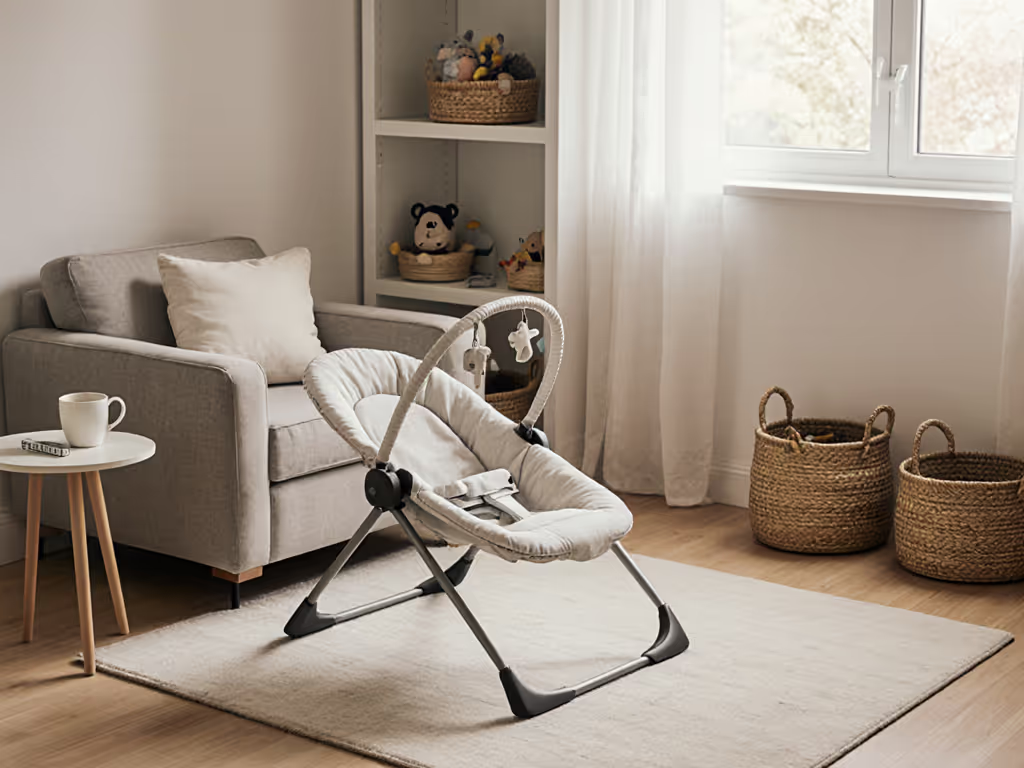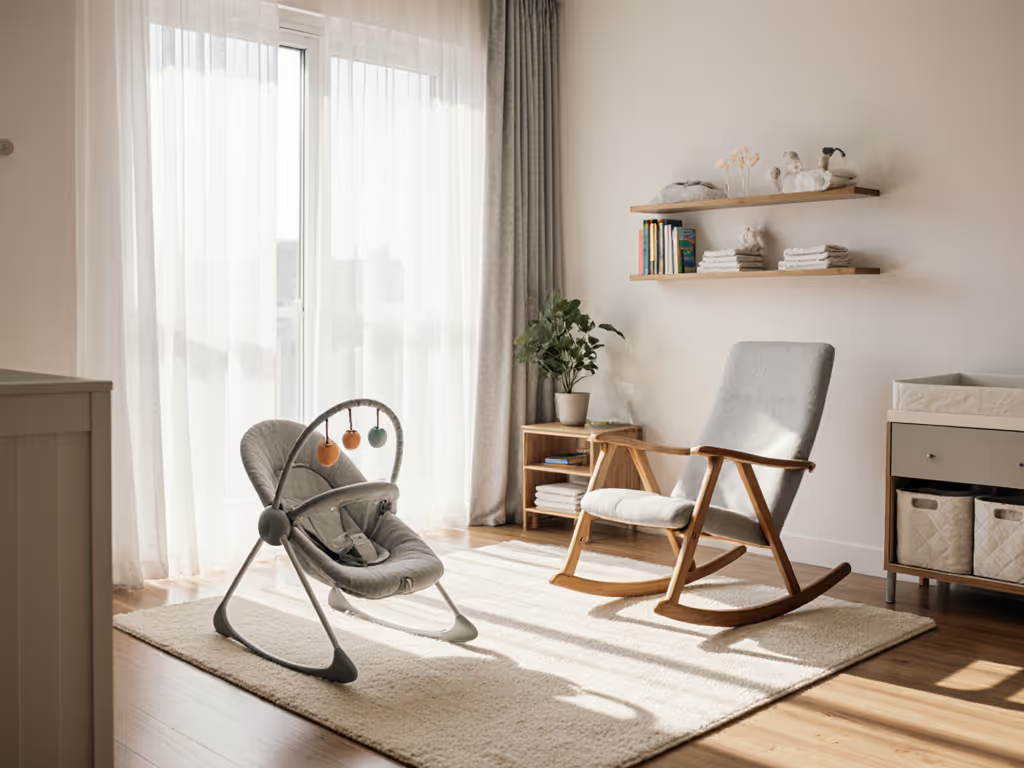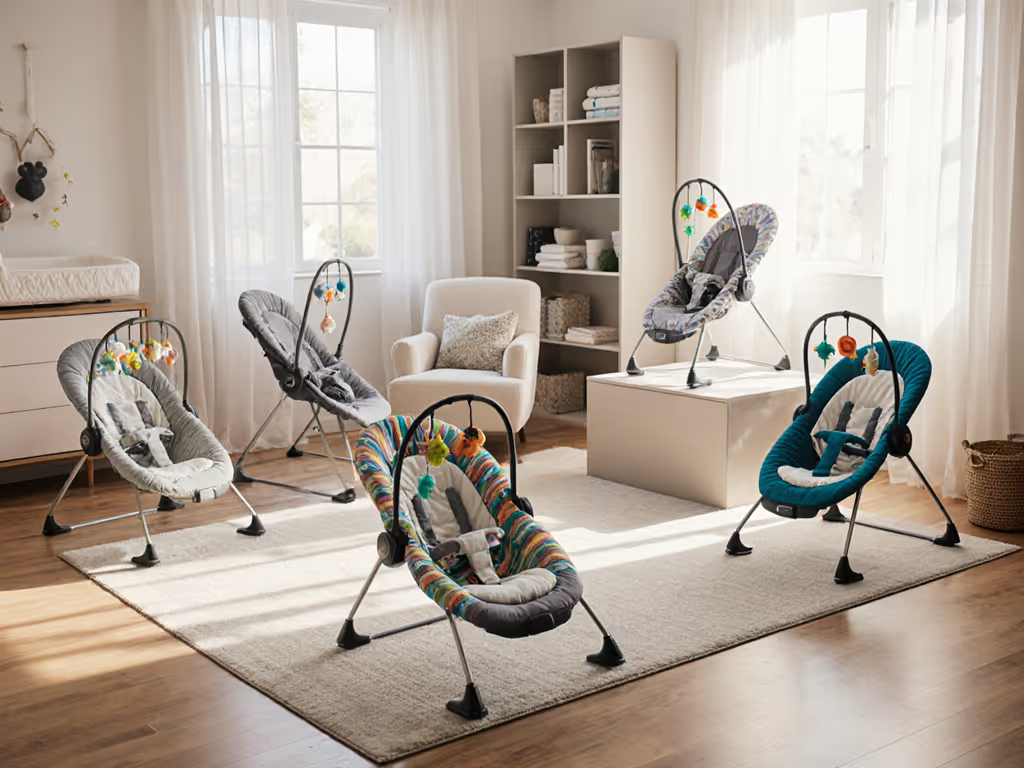
What Is Ergonomic Infant Seating? Complete Overview
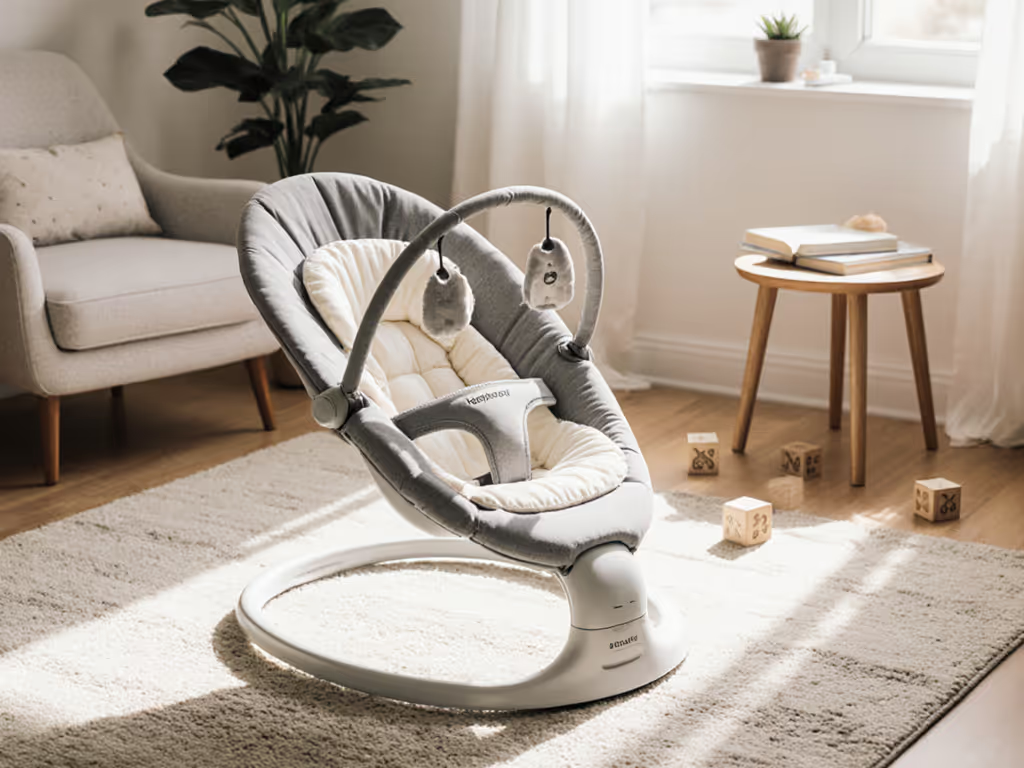
Did you know that nearly 60 percent of infant spinal issues can be traced back to early seating choices? New parents face a maze of options when it comes to finding the safest and most supportive spots for their babies. The right ergonomic seating goes beyond comfort, shaping healthy development and offering peace of mind, while poor design can set the stage for future problems.
Key Takeaways
| Point | Details |
|---|---|
| Ergonomic Design Focus | Ergonomic infant seating prioritizes natural body positioning and support to foster healthy development and reduce strain during critical growth stages. |
| Types of Seats | Various ergonomic seats, such as bouncers and convertible car seats, are tailored to meet the unique needs of infants at different developmental stages. |
| Safety Standards | Adhering to rigorous safety standards, including proper restraint systems and material quality, is essential for ensuring infant safety in seating solutions. |
| Developmental Benefits | Ergonomic seating supports proper spinal alignment and enhances muscular and sensory development, promoting healthier growth patterns for infants. |
Defining Ergonomic Infant Seating Concepts
Ergonomic infant seating represents a specialized approach to designing infant chairs, bouncers, and support systems that prioritize a child's physical development and comfort. Unlike standard seating options, these carefully engineered solutions focus on mimicking natural body positioning and providing comprehensive support for an infant's delicate musculoskeletal structure.
At its core, ergonomic infant seating aims to create a supportive environment that promotes healthy posture and reduces potential strain during critical developmental stages. The design principles go beyond simple comfort, incorporating scientific understanding of infant anatomy, spinal alignment, and movement patterns. By considering factors like weight distribution, angle of recline, and contoured support, these seats help prevent potential postural issues that could emerge during early childhood.
Key characteristics of ergonomic infant seating include:
- Customized spinal support matching natural curvature
- Adjustable positioning to accommodate growth stages
- Soft but structured padding that distributes body weight evenly
- Mechanisms that encourage proper hip and neck alignment
- Materials that provide breathability and temperature regulation
While scientific research has predominantly focused on ergonomic designs for older children, emerging studies demonstrate the significant long-term benefits of proper infant seating. By investing in thoughtfully designed seating solutions, parents can support their child's physical development during those crucial first months of life, potentially reducing risks of muscular and skeletal complications later in childhood.
Types of Ergonomic Seats for Infants
Infant ergonomic seats come in multiple specialized designs, each targeting specific developmental needs and supporting different stages of a baby's growth. These seats are not one-size-fits-all solutions but carefully engineered products that address unique requirements during the critical first years of a child's life.
The primary categories of ergonomic infant seats include car seats, bouncer chairs, high chairs, and convertible seating systems.
Here's how the main types of ergonomic infant seats compare:
| Seat Type | Key Features | Age Range |
|---|---|---|
| Convertible Car Seat | Grows with child<br>Adjustable positions | Newborn to toddler |
| Bouncer Chair | Gentle rocking<br>Soft, contoured support | Newborn to 6 months |
| High Chair | Adjustable height<br>Safe dining fit | 6 months+ |
| Travel System | Multi-function<br>Easy mobility | Newborn to toddler |
| Wooden Adjustable Chair | Long-term use<br>Customizable fit | Newborn to adult |
Some notable ergonomic seat types are:
- Convertible Car Seats: Adaptable designs that grow with the child
- Bouncer Chairs: Dynamic seating with gentle rocking mechanisms
- High Chairs: Adjustable seating for feeding and early dining experiences
- Travel Systems: Integrated solutions combining multiple seating functions
- Wooden Adjustable Chairs: Like the Tripp Trapp, designed to accommodate growth from infancy to adulthood
What sets these ergonomic seats apart is their commitment to supporting natural body mechanics.
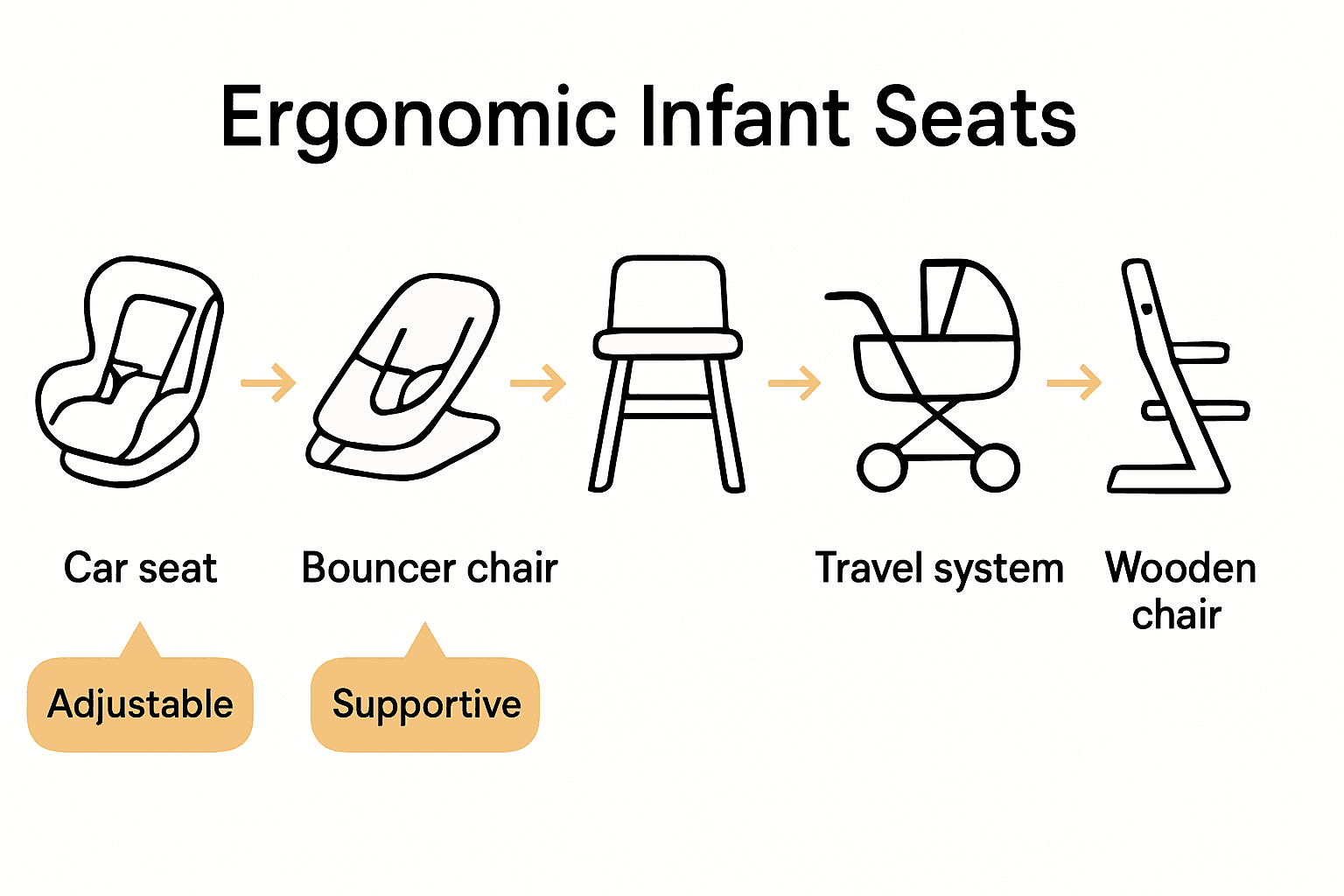 Unlike traditional seating, these designs incorporate advanced features like adjustable recline angles, contoured padding, and weight distribution systems. Parents seeking optimal support for their infant's physical development should consider seats that offer multiple positioning options, breathable materials, and scientifically backed ergonomic principles.
Unlike traditional seating, these designs incorporate advanced features like adjustable recline angles, contoured padding, and weight distribution systems. Parents seeking optimal support for their infant's physical development should consider seats that offer multiple positioning options, breathable materials, and scientifically backed ergonomic principles.
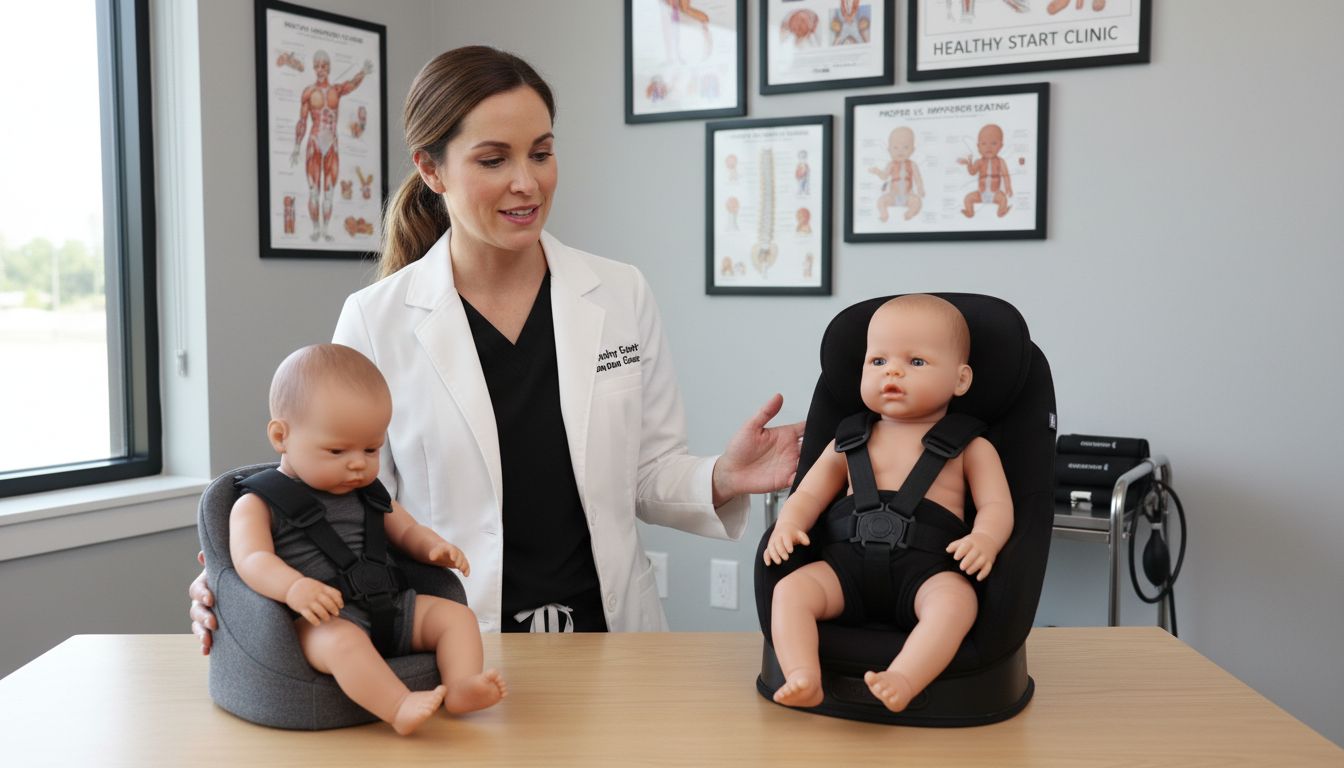
Essential Features and Safety Standards Explained
Safety standards form the critical foundation of ergonomic infant seating, ensuring that every design protects and supports a child's vulnerable developmental stages. These comprehensive guidelines go far beyond basic comfort, establishing rigorous requirements for material quality, structural integrity, and biomechanical support that protect infants during their most delicate years.
The primary safety regulations, such as the UNECE Regulation 44/04, mandate specific design criteria that manufacturers must meet. These standards encompass critical aspects like restraint systems, impact protection, material durability, and precise measurements that guarantee proper fit and protection. Proper restraint mechanisms are particularly crucial, as they prevent unintended movement and distribute potential impact forces across the seat's structure, minimizing risk during transportation or unexpected scenarios.
Key safety features in ergonomic infant seats include:
- Five-point harness systems with padded shoulder straps
- Energy-absorbing foam and shock-resistant materials
- Adjustable positioning to accommodate growth stages
- Breathable fabrics that prevent overheating
- Secure base attachments for vehicles
- Impact-resistant side protection panels
Parents should prioritize seats that not only meet but exceed standard safety requirements. This means looking beyond basic compliance and examining additional certifications, independent testing results, and innovative design features that demonstrate a manufacturer's commitment to infant protection. Understanding these intricate safety standards empowers caregivers to make informed decisions that directly contribute to their child's physical security and developmental well-being.
Benefits for Infant Health and Development
Ergonomic infant seating plays a pivotal role in supporting critical physical and neurological development during the earliest and most formative months of a child's life. By providing carefully engineered support systems, these specialized seats help babies maintain proper alignment, reduce physical strain, and create optimal conditions for healthy muscular and skeletal growth.
The concept of active sitting introduces a dynamic approach to infant support, encouraging subtle movements that stimulate muscle development and sensory engagement. Unlike traditional static seating, ergonomic designs allow for natural micro-movements that help infants develop core strength, balance, and proprioceptive awareness. This approach supports not just physical positioning, but also neurological development by providing sensory input that is crucial during rapid growth periods.
Key developmental benefits of ergonomic infant seating include:
- Proper spinal alignment prevention
- Enhanced muscular development support
- Reduced risk of postural complications
- Improved circulation and body awareness
- Stimulation of sensory motor skills
- Promotion of natural movement patterns
Research suggests that thoughtfully designed seating can have long-term implications for an infant's physical development. By creating environments that support natural body mechanics, parents can help their children develop stronger muscle groups, improve coordination, and potentially reduce the risk of developmental challenges. The holistic approach of ergonomic seating goes beyond immediate comfort, acting as a critical support system during the most rapid period of physical and neurological growth.
Common Mistakes and Alternatives to Avoid
Ergonomic infant seating demands careful consideration, and parents often unintentionally make critical errors that can compromise their child's safety and developmental support. Understanding these common pitfalls is crucial for making informed decisions that protect and nurture an infant's physical well-being during their most vulnerable growth stages.
One of the most significant mistakes parents make is prioritizing aesthetic appeal or cost over proper ergonomic design and safety standards. Improper seat selection can lead to inadequate spinal support, restricted movement, and potential long-term developmental challenges. Some parents mistakenly choose seats that do not meet current safety regulations or fail to provide adjustable positioning that accommodates an infant's rapid physical changes.
Key mistakes to avoid in infant seating include:
- Selecting seats without proper safety certifications
- Using seats that are too large or too small for the infant
- Neglecting regular checks for wear and tear
- Ignoring manufacturer's weight and age recommendations
- Failing to properly install or secure the seat
- Keeping infants in fixed positions for extended periods
Alternatives to problematic seating practices involve a holistic approach that prioritizes infant comfort, safety, and developmental needs. Parents should invest in versatile, adjustable seating systems that grow with the child, regularly inspect and replace seats as needed, and alternate between different seating positions to prevent prolonged static positioning. The goal is creating a supportive environment that adapts to an infant's changing physical requirements while maintaining optimal safety standards.
Find the Perfect Ergonomic Infant Seating Solution for Your Home
Choosing the right ergonomic seating for your baby is crucial to support their healthy development and ensure safety during those early months. This article highlights the importance of spinal alignment, adjustable positioning, and breathable materials to prevent discomfort and postural problems. Many new parents struggle with selecting infant seats that balance proper support with space-saving needs, especially in small homes or busy routines.
At Bouncer Lab, we understand these challenges and offer detailed reviews and comparisons of the best infant bouncers that emphasize ergonomic design and practical features tailored for families. From gentle rocking bouncer chairs to safe, adjustable baby seats, our guides help you find options that meet rigorous safety standards like five-point harnesses and shock-absorbing padding while fitting comfortably in limited spaces.
Explore our carefully curated resources at Bouncer Lab and discover how to enhance your infant’s comfort, development, and safety with seating solutions that grow with your baby. Don't wait to provide your little one with the support they deserve—visit us now and take the first step toward choosing an ergonomic infant seat that perfectly fits your lifestyle.
Frequently Asked Questions
What is ergonomic infant seating?
Ergonomic infant seating refers to a specialized design of infant chairs, bouncers, and support systems that prioritize a child's physical development and comfort by mimicking natural body positioning and providing comprehensive support.
What are the key features to look for in ergonomic infant seating?
When selecting ergonomic infant seating, look for customized spinal support, adjustable positioning to accommodate growth, breathable materials, soft yet structured padding, and mechanisms that encourage proper hip and neck alignment.
How does ergonomic infant seating benefit an infant's health?
Ergonomic infant seating supports proper spinal alignment, enhances muscular development, reduces postural complications, and promotes natural movement, which collectively contribute to optimal physical and neurological growth during infancy.
What types of ergonomic infant seats are available?
Common types of ergonomic infant seats include convertible car seats, bouncer chairs, high chairs, travel systems, and wooden adjustable chairs—each designed to meet different developmental needs as a child grows.


